Over 340 species of birds and 58 mammal species have been observed on Malheur National Wildlife Refuge.
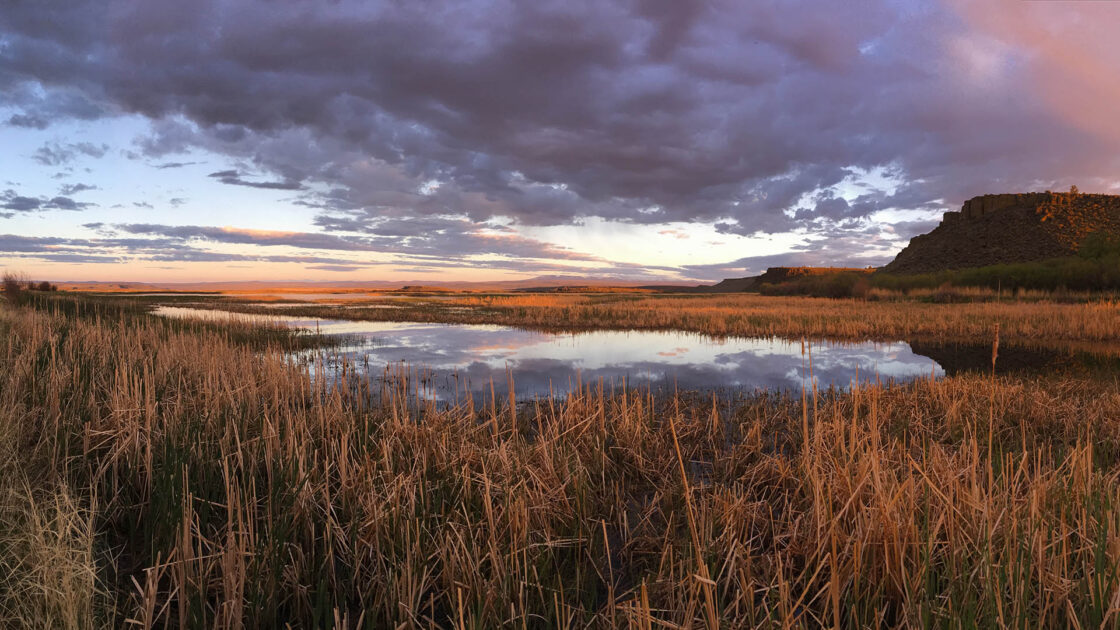
Visit any time of year
Located on the Pacific Flyway, Malheur’s abundant water and food resources provide resting, nesting, and feeding habitat for many resident and migratory birds. The following chronology below will help you decide when to visit, and our bird arrival list provides more insight on when specific birds are in the area and allows you to search for the arrival date of a specific species.
- Migratory Birds at Malheur
- February - April
- May - June
- July - August
- September - October
- November - January
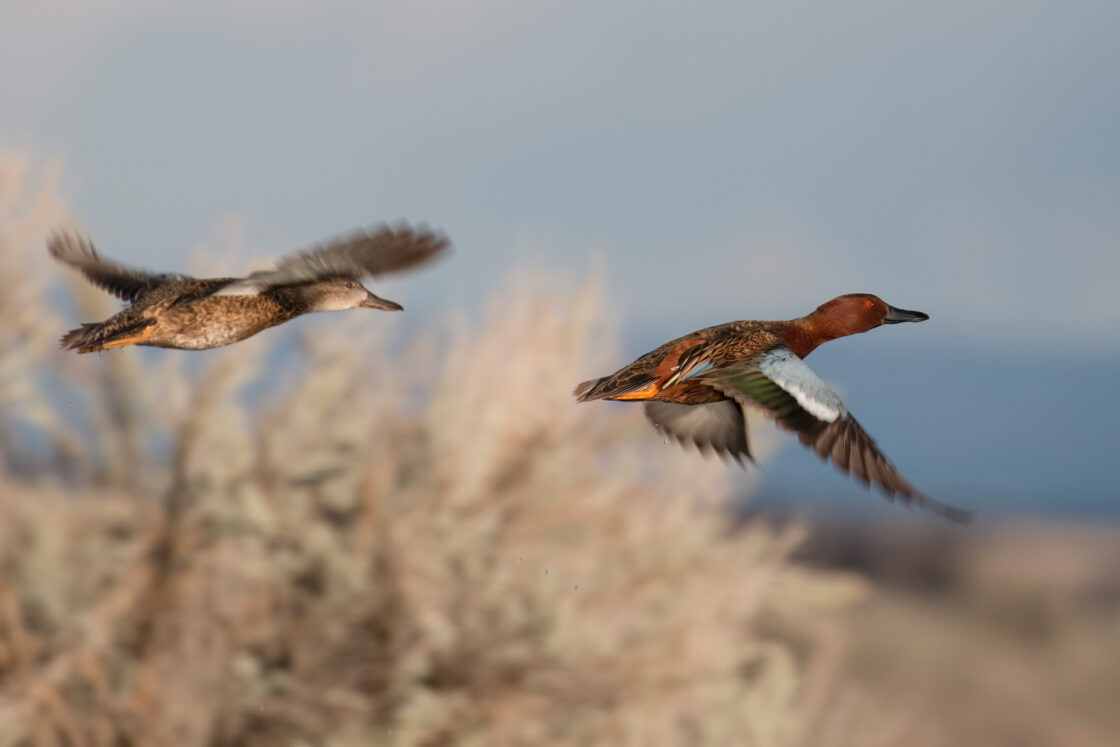

Migratory Birds at Malheur
In spring many migratory birds arrive to breed at the Refuge, while thousands more stopover on their way to northern nesting areas. Late summer and fall see a reversal of this pattern, as newly fledged birds and their parents stream out of the north and stage at Malheur’s wetlands, meadows, and riparian areas before continuing south.
We are often asked, “When is the best time to visit Malheur for birding?” The response depends on whether you would like to see large concentrations of birds or a lot of different species. The following summary of migration chronology should help you plan your visit to the area.
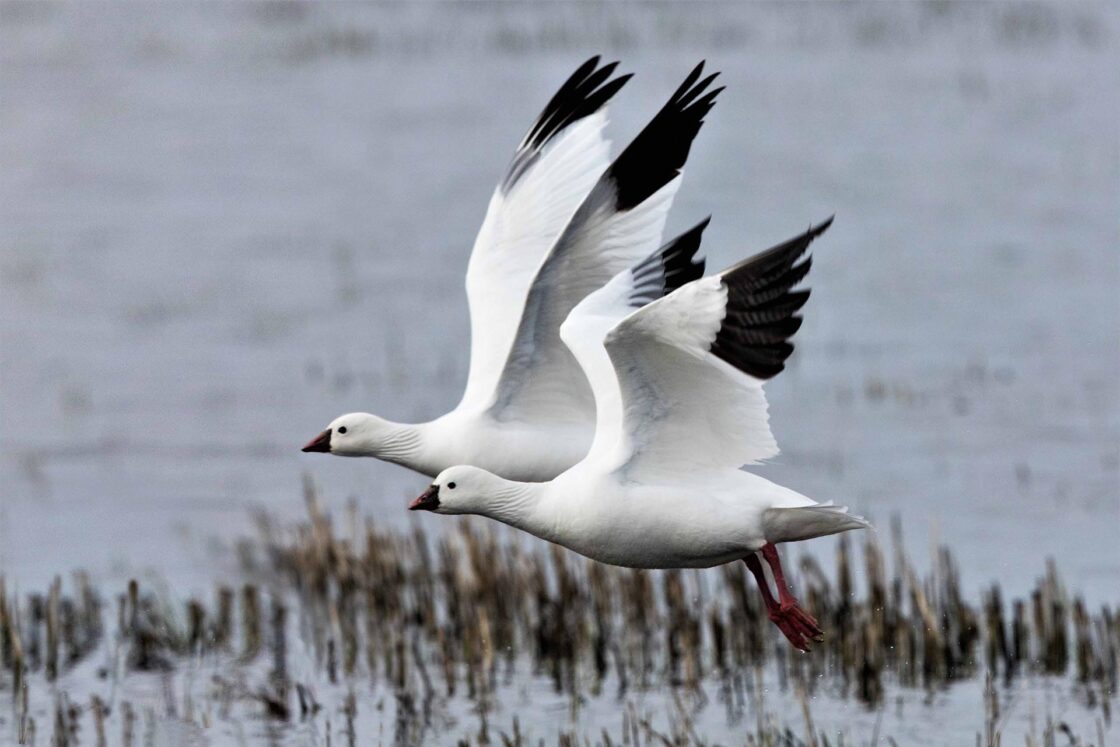

February – April
In February and March, following the long, cold winter, only a few spring migrants have arrived in the area. These include greater sandhill cranes, tundra swans, northern pintails and white-fronted, snow, Ross’s and Canada geese. In February, migrant trumpeter swans begin moving through the Refuge on their northward migration. Sage grouse begin displaying on their leks. Lesser sandhill cranes begin arriving in early March along with other species of ducks. Waterfowl numbers increase in the area through March and, depending on the weather, usually reach their peak late in the month.
During this early spring period the majority of the birds can be found feeding in flooded meadows around the town of Burns. Usually the best birding areas include the meadows along Hotchkiss and Greenhouse Lanes and Potter Swamp Road near Burns. The Double-O Unit of Malheur Refuge is another good birding spot. Depending on water conditions, good viewing may also be found along Highway 20 between Burns and Buchanan. These areas continue to provide good birding through April, but locating birds on a given day may take some scouting in order to find areas of high concentration. Migration in the Blitzen Valley on the Refuge is much less spectacular because the area is outside the major migration corridor. However, the Blitzen Valley is the best place to see local trumpeter swans and to view greater sandhill cranes.
As time progresses, more and more species arrive in the basin. American white pelicans, double-crested cormorants, western grebes, long-billed curlews, and American avocets all arrive in late March. More marsh birds, shorebirds, and passerines species show up as spring progresses into April, while numbers of migrant waterfowl decrease.
In early April, the Harney County Chamber of Commerce and local agencies sponsor the weekend-long Harney County Migratory Bird Festival. The festival begins on Friday evening with presentations on migratory birds. Tours of the area are given on Saturday and Sunday, including tours to eagle roost sites. Although the festival often occurs after the late March peak for waterfowl migration, birds are usually still present in large numbers, and many additional species can be seen.
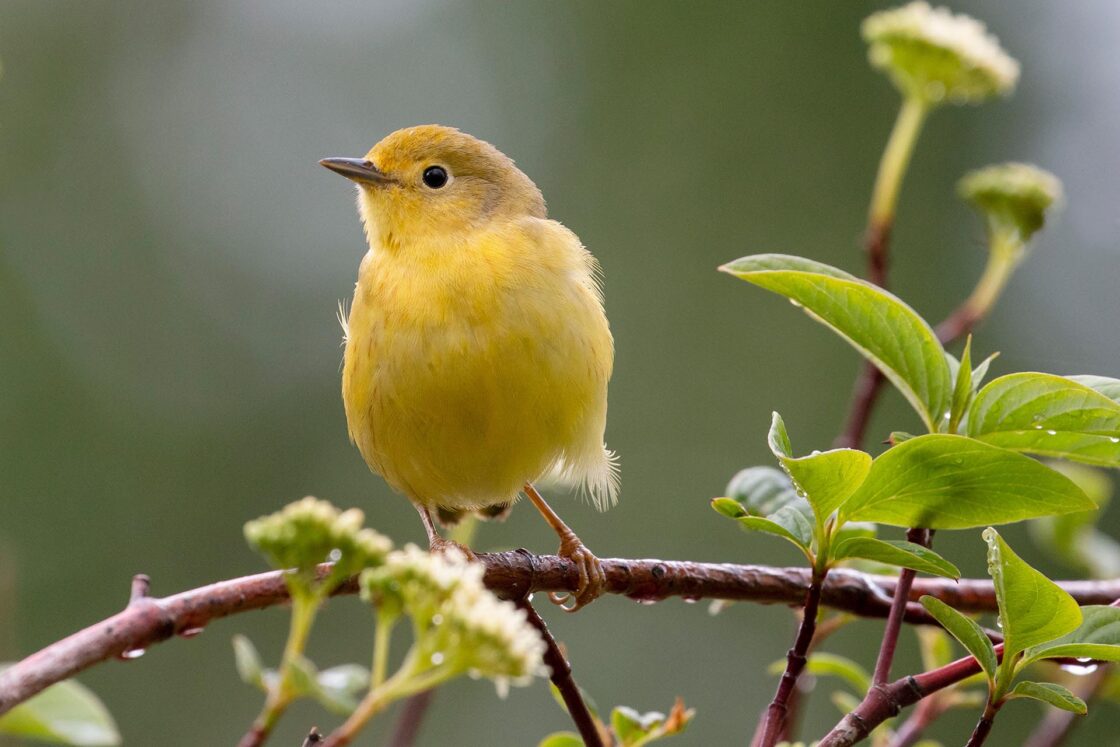

May – June
This is the time to see the most bird species at Malheur Refuge. Major songbird migration begins in April and reaches its peak in late May. Refuge Headquarters, Benson Pond and P Ranch are the best places to look for passerines. Many warblers, vireos, tanagers and buntings concentrate in these areas. Most of the Refuge’s rare-bird sightings have been at these locations. By early June songbird migration wanes, leaving the Refuge to the many local breeding species.
An abundance of willow flycatchers, yellow warblers, song sparrows and bobolinks, among others, can be found along the Auto Tour Route among the willows at the south end of the Refuge. Sandhill cranes are hatching and raising their colts. Ducks are in their breeding plumage and are beginning to nest, and other waterbirds such as white-faced ibises, egrets, bitterns, white pelicans, Franklin’s gulls and terns are abundant.
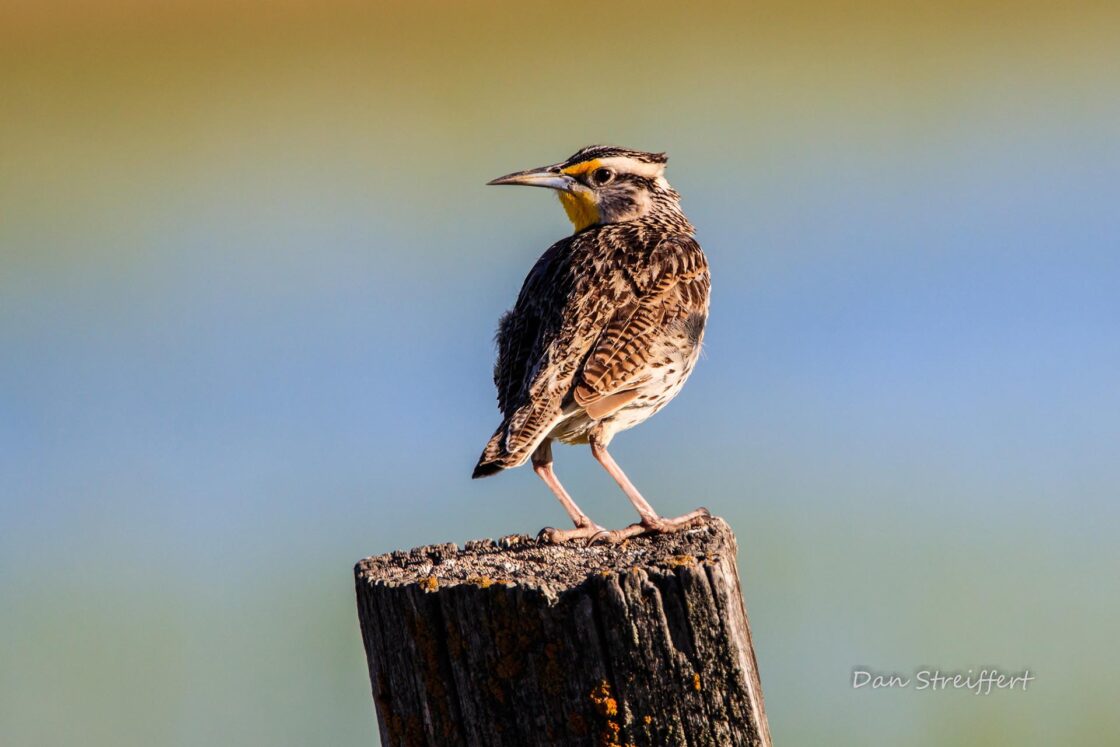

July – August
Southbound shorebirds begin arriving from their high-latitude breeding grounds to fuel up for their extended journey south. The Double-O unit of the Refuge and Harney, Mud, and Malheur Lakes provide excellent feeding for shorebirds on receding mudflats and alkali playas. They are best viewed at pond and lake shores in the Southern Blitzen Valley, the Double-O Unit and at the Narrows. Least and western sandpipers and both species of yellowlegs are common. Unusual shorebird species to watch for include solitary, pectoral and Baird’s sandpipers, as well as marbled godwit and ruddy turnstone.
Additionally, many young birds are growing and fledging on the Refuge during this time. Visitors will see broods of ducks, young cranes, coots and other waterbirds. Large flocks of white pelicans are also present.


September – October
More than 200 pairs of greater sandhill cranes nest on the Refuge each year. In September large groups of cranes begin congregating in the grainfields on the Refuge. Cranes from northern latitudes join Malheur birds to feed before continuing on their journey to California’s Central Valley, where they winter.
Sandhill crane numbers peak from early to mid-October and as many as 1,000 of these birds can be seen at one time. Early morning and evening are the best times for seeing large numbers of cranes utilizing the grainfields. The most consistent grainfield is just south of Refuge HQ, near Auto Tour Route Stop #2.
Warblers, sparrows and other songbirds reach their autumn peak at Malheur from mid-August through late September at Refuge Headquarters, P Ranch and Page Springs. Joining the regular visitors are more unusual species, such as American redstart, indigo bunting and the possible eastern vagrant.
Many of the marshes and meadows dry up in the fall, driving concentrations of ibis, gulls, terns, pelicans and herons to cluster around the remaining pools of open water to feed on trapped fish. Ducks concentrate in open water areas at the display pond at headquarters and Benson and Knox ponds north of P Ranch.
Waterfowl numbers peak in October, although many of the larger duck aggregations are rarely seen because they occur in the remote areas of Malheur and Harney lakes. However, many of the available ponds on the Refuge provide excellent habitat for a wide diversity of ducks. Late October is an excellent time to check out Krumbo Reservoir for concentrations of diving ducks, and tundra swans become common in late October.
Malheur also hosts an array of raptors. Swainson’s and red-tailed hawks are present and bald eagles and rough-legged hawks begin arriving in mid-October. Watch for raptors on power poles and in open fields and stay alert for the occasional merlin or peregrine falcon.
In addition to the abundance of birds using the Refuge, mule deer are common. Refuge Headquarters and the southern Blitzen Valley are favorite viewing areas. Pronghorn antelope are also in the area, and elk are occasionally observed.
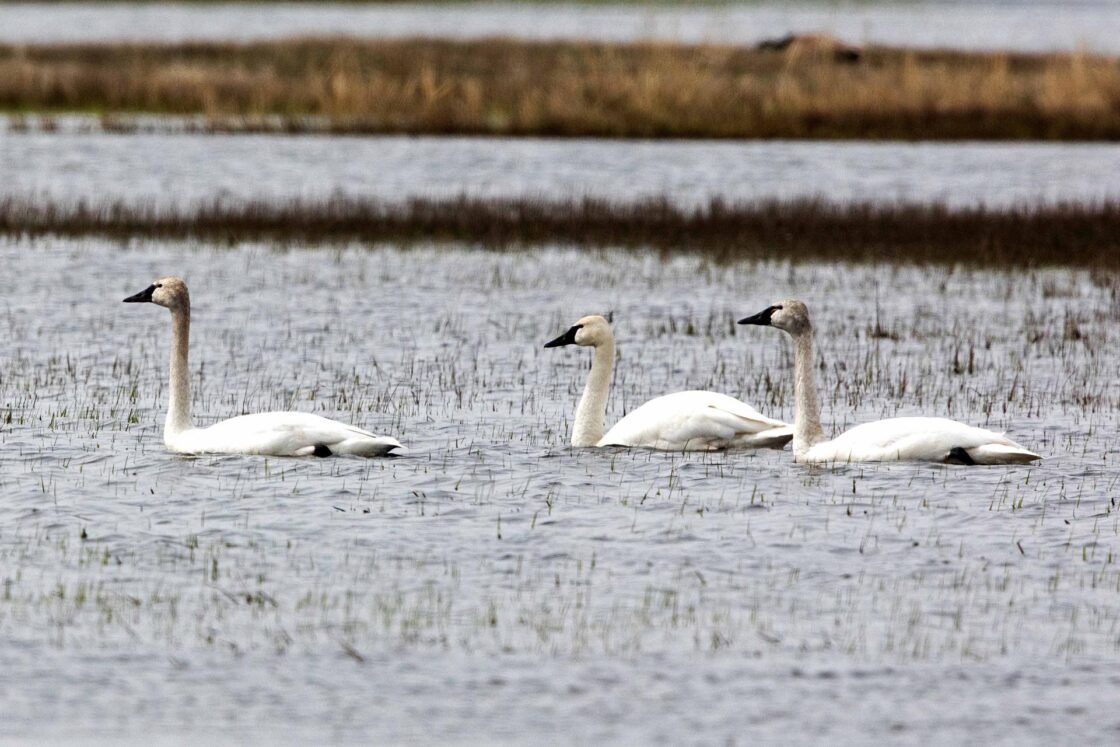

November – January
Warblers have gone south for the winter, but some sparrows remain. Careful observers may find American tree sparrows along snow-lined roads, and if they are lucky, longspurs or snow buntings.
Many species of ducks, geese, and swans use the refuge in winter, but their numbers are reduced compared to other times of year because of cold temperatures and few areas of open water. Check the display pond at Headquarters, the Blitzen River, Knox Pond and the Narrows. Search for Barrow’s and common goldeneyes, common and hooded mergansers, as well as the rare Eurasian widgeon. A highlight of winter is the large groups of tundra swans which are present in October and November, usually at Buena Vista, Knox, Benson and Dredger Ponds, and Krumbo Reservoir. Hundreds can gather in one area and their voices carry long distances. Resident trumpeter swans may also be seen. Both species of swans may remain through the winter, but in smaller numbers.
Many raptors over winter in the area. Look for rough-legged hawks and golden and bald eagles.
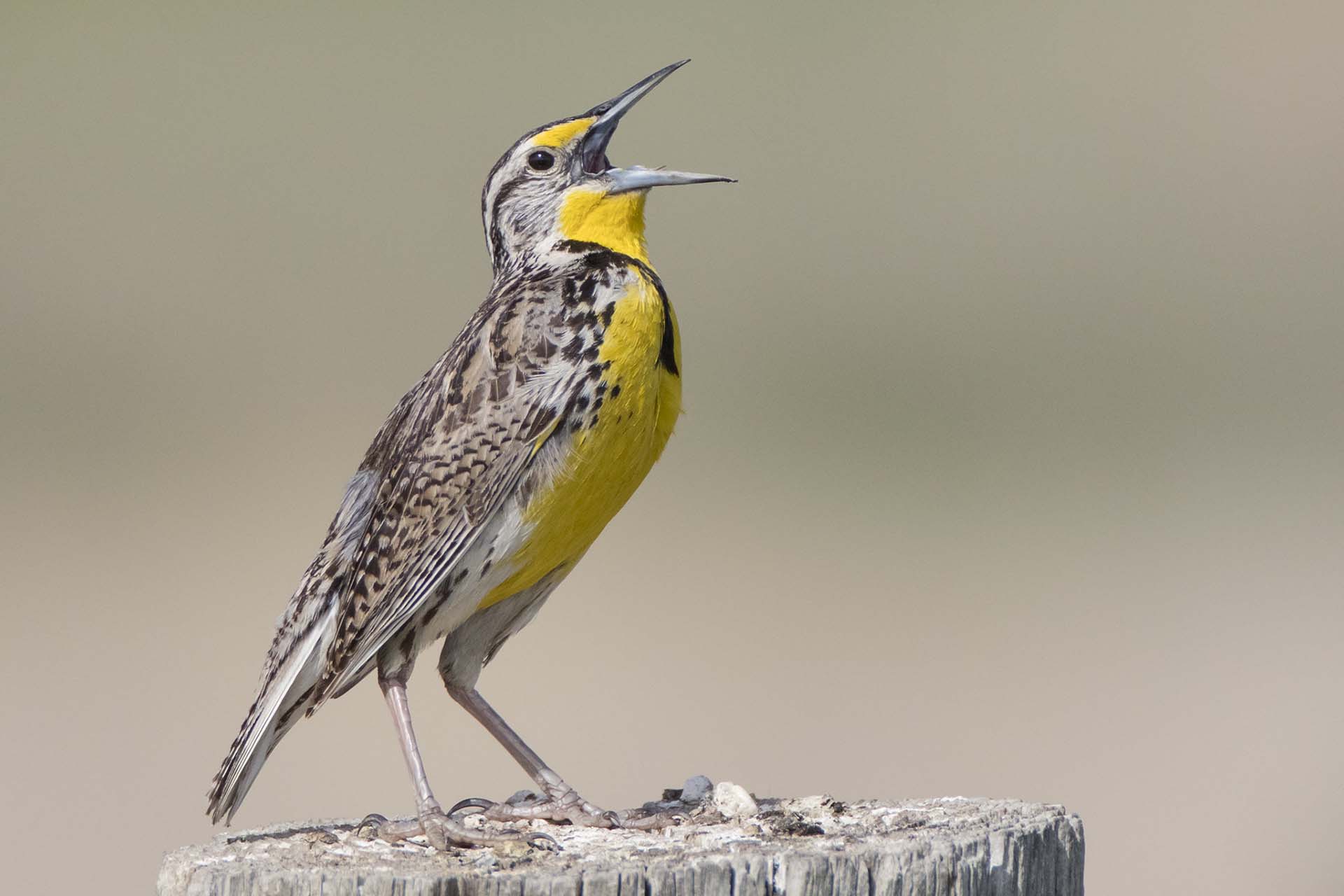

Be a Malheur Refuge Advocate.
You can become a Malheur Refuge champion by joining the Friends of Malheur and together we can advocate for a secure and more prosperous future for Malheur National Wildlife Refuge and our national wildlife refuge system.


